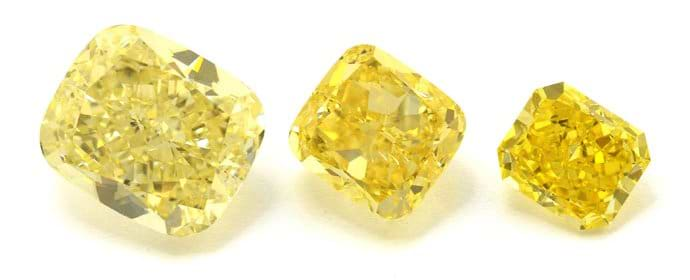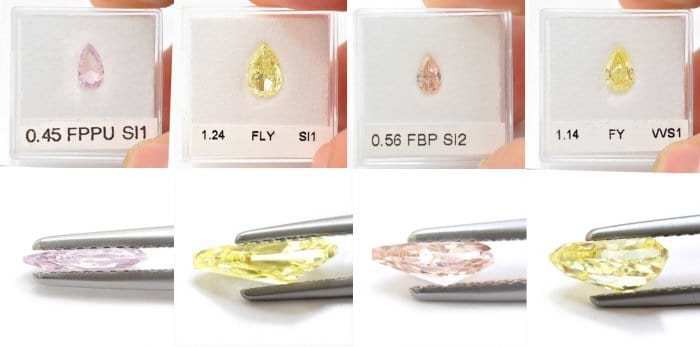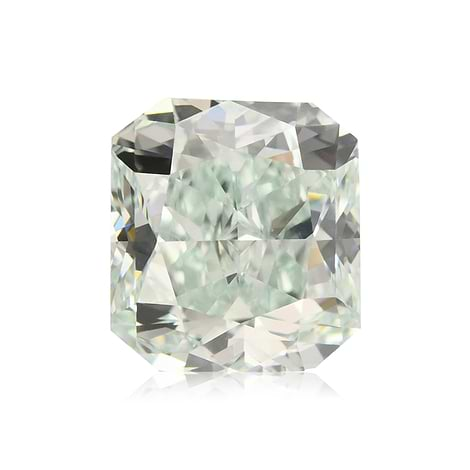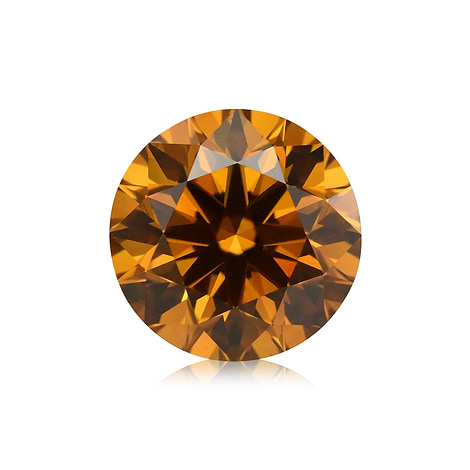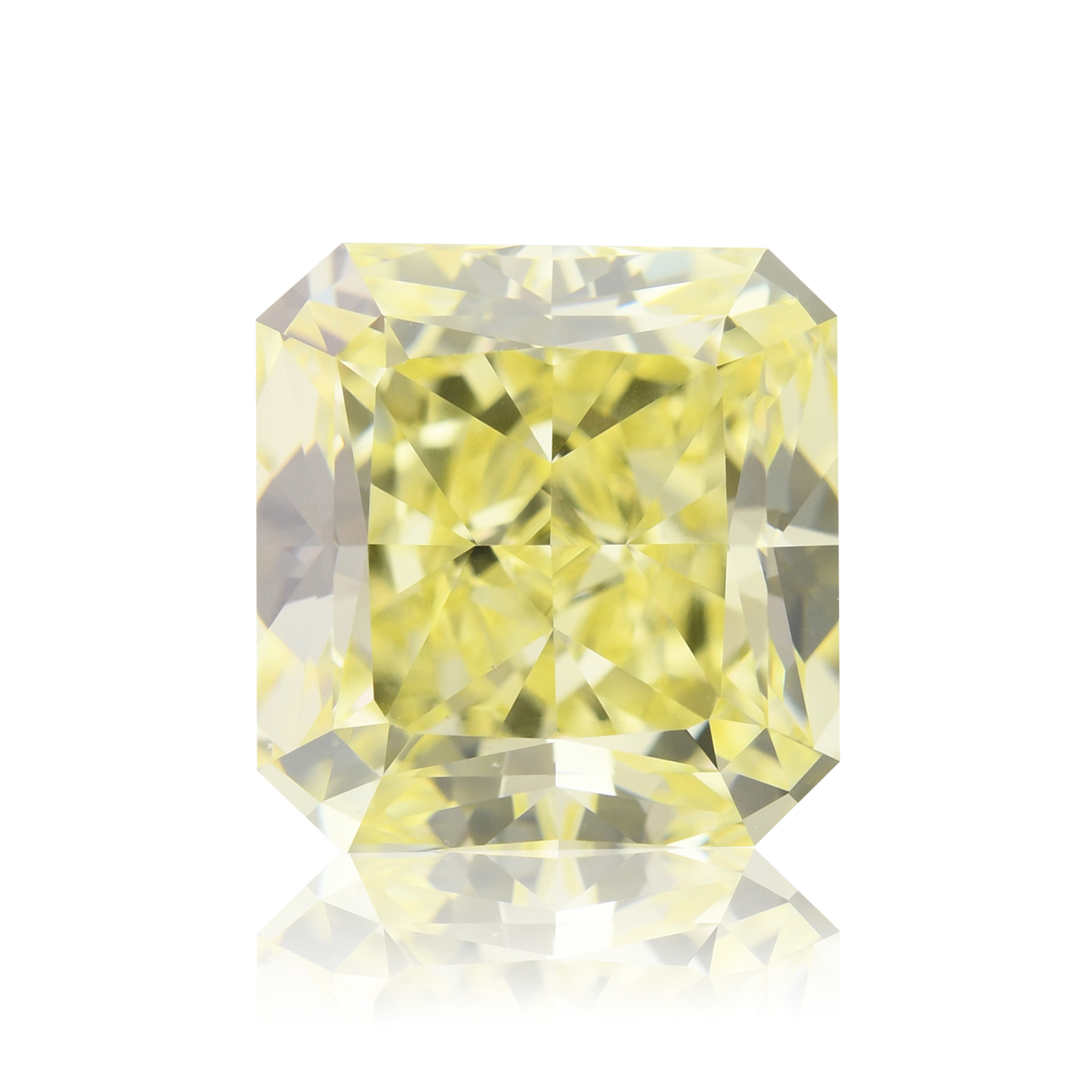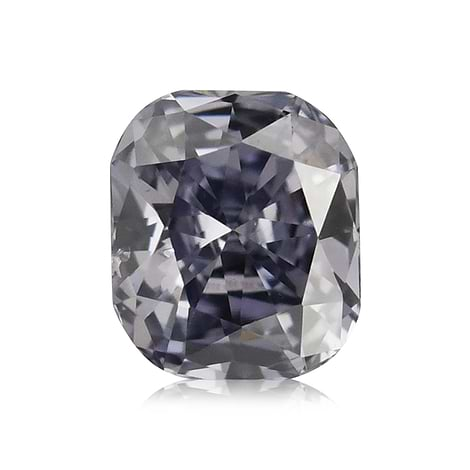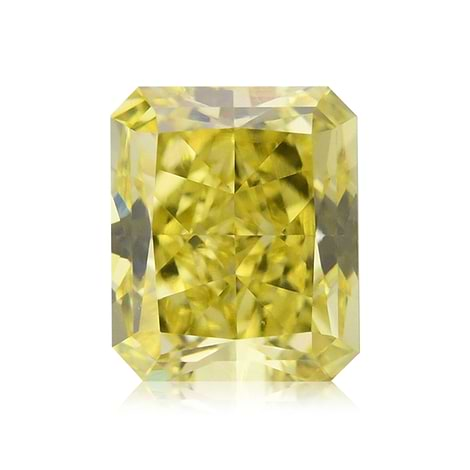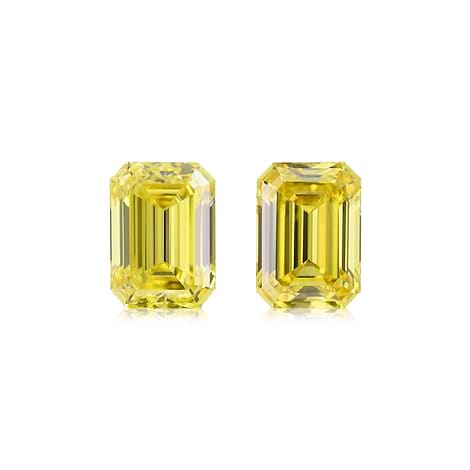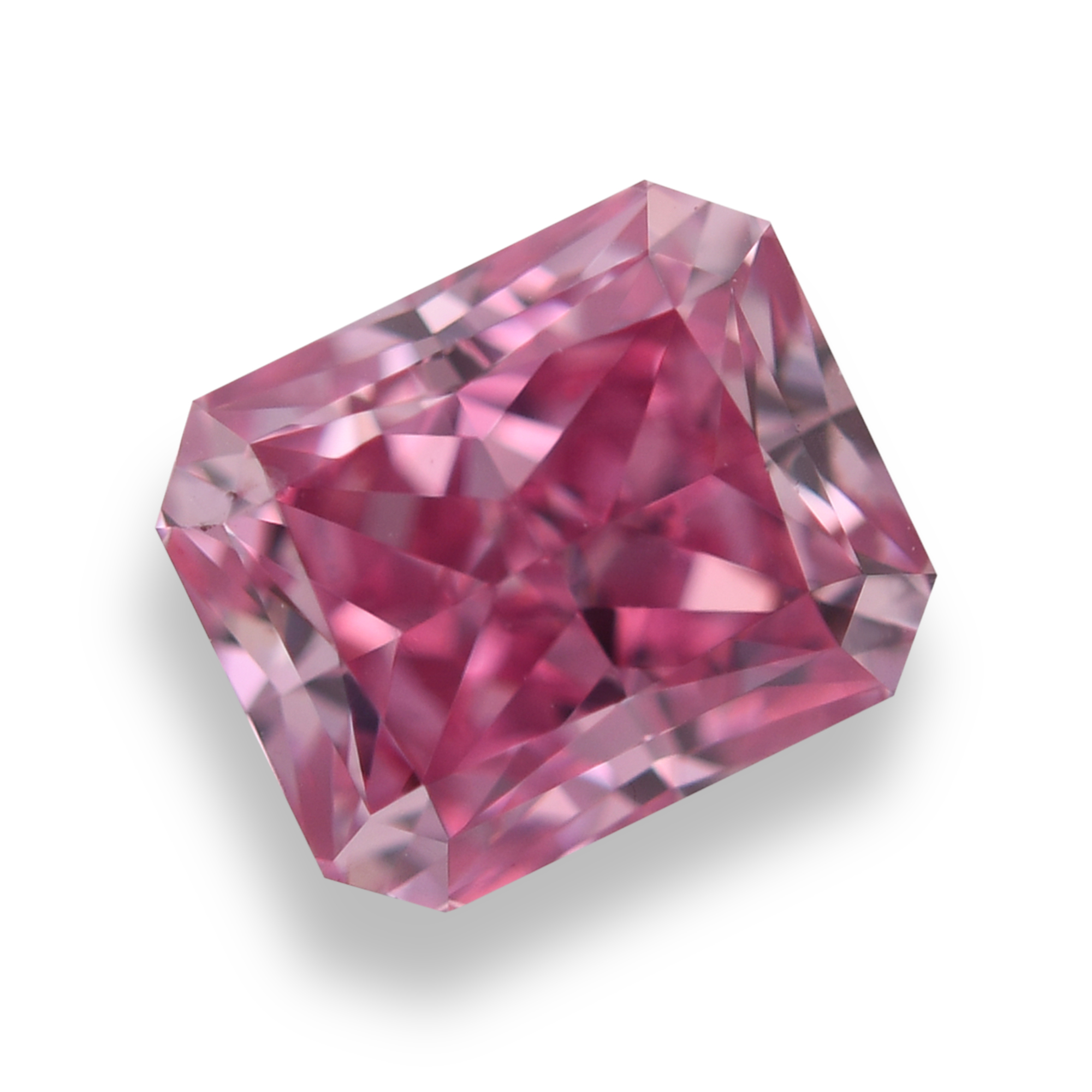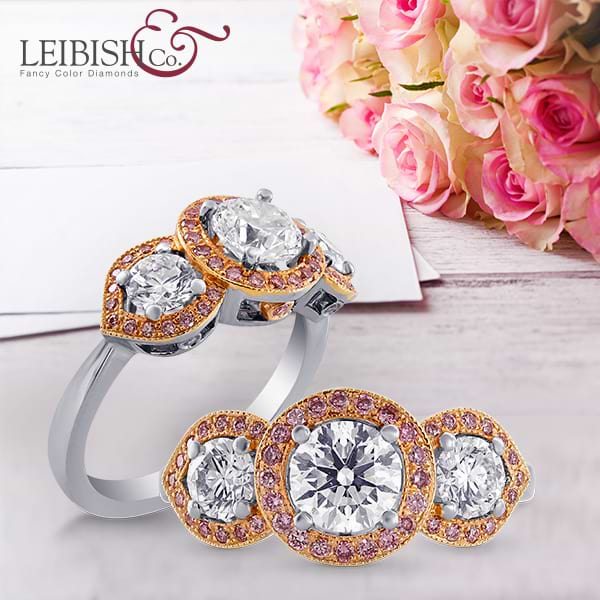Once making the decision to purchase a diamond, everyone makes it a point to learn the basics so they don’t get taken advantage of. However, even with the basic information there is always so much more one needs to know.
When it comes to buying Fancy Color Diamonds, it is a completely different world one must learn. There are a number of critical differences between white diamonds and yellow diamonds or any other color and there are different attributes which take precedence over the others.
Following is a list of the most important points to consider when purchasing fancy color diamond.
1. Dollars and Cents
Start by determining your budget. As a luxury item, even though many colors are affordable, the more intense colors or unique color combinations can get quite pricey. Better to know in advance what you are prepared to spend in order to narrow the search as much as possible.
2. What’s Your Shade
The Fancy Color Diamond family includes 12 different colors, over 90 secondary hues, 9 intensity levels, and over 230 color combinations. As a result of their supply some colors, such as Yellow Diamonds and Champagne Diamonds, are cheaper. Other rarer colors, such as Pink Diamonds and Blue Diamonds, are more difficult to find and as a result are more expensive. Gaze through the world of color and try to decide what fits you best.
|
All twelve fancy colors |
3. Intense Colors Vs the Size of the Stone
The many characteristics of a diamond all have an effect on the price of the stone. Some more than others, but still the better quality the higher the price. Depending on the buyer, some would prefer to invest more into the color, while others would prefer to spend on the size. Each color has a number of different intensity grades, and the more intense the color, the higher the cost. When it comes to a piece of jewelry, for example, it is sometimes worthwhile spending a little more on the size since the color of the stone can be shown so well as a result of the setting. Each stone is different and really has to be assessed on its own. The idea is that one has to consider what is most important to them, a very intense color in the stone, or how large the stone appears once set.
|
Comparison that shows a 5.00 carat Fancy Yellow Diamond, a 3.00 carat Fancy Intense Yellow Diamond, and a 1.50 carat Fancy Vivid Yellow Diamond |
4. Colors and Clarity
The clarity grade of a diamond is one of the four main characteristics considered when assessing the quality of the stone. However, as important as it is there is somewhat less emphasis on it in a color diamond. The general rule to go by is purchasing a diamond that is eye clean. An IF and VVS stone will be more expensive then a VS and SI. With the naked eye a VS inclusion is almost impossible to see and some SI imperfections are considered good as long as they aren’t a black inclusion and not located in the center of the table. Also, even if it is a bad inclusion, the location of where it is found in the diamond is quite important. For example, the best places for an inclusion would be at the bottom of the stone or along the girdle. This way, if set in piece of jewelry it is harder to see.
5. Understanding the Cut
When looking to buy a Fancy Color Diamond it is very common to buy stones with a Good/Good polish and symmetry. VG/VG and Ex/Ex are also available but will cost more and are not so easy to find. Don't automatically reject stones that are Good/Good, since in most cases they were cut as Good/Good in order to show as much color as possible. Rather, try to avoid Fair and Poor symmetry. Colorless stones are cut with a Brilliant cut whereas Fancy Color Diamonds are usually cut in with a modified cut, in order to show more color. Brilliant-cut Fancy Color Diamond are harder to find and therefore are more expensive.
6. Shape Your World
The most common diamond shapes used with Fancy Color Diamonds are Cushion and Radiant because those shapes show the color stronger than others. Diamond polishers try to avoid cutting Princess, Round, and Emerald shapes since it is more difficult to show out a strong color. As a result they are much rarer and more expensive. This is actually the complete opposite of colorless stones where Round and Princess are the most common due to their brilliance. Narrow your options by first thinking about what shape works best for you.
7. The Hidden Wonders
It is still questionable whether diamond fluorescence has a negative effect on the diamond or not, but it still effects the price. So, especially with color diamonds don't automatically reject stones with fluorescence. It won’t always influences the color of the stone, and depending on the color of the fluorescence and the diamond color it might not even be noticeable. Furthermore, if you are lucky enough to locate a Yellow diamond which has fluorescence that doesn't influence the color, you stand to buy a discounted stone that looks just as good as one without fluorescence. If you are considering a stone with fluorescence, we recommend you consult with a representative and ask him if the fluorescence has any influence on the color of the stone. Pink diamonds almost always have fluorescence so in those cases there is no difference in the color or the price.
|
|
8. Quantify the Depth
In general a good measurement is a diamond with a 60% - 67% depth. Stones with an overall depth above 70% will appear smaller than their actual size. On the other hand, if a stone has less than 60% depth it will appear bigger than its actual size. Only, because they are flatter some contain a window in the middle of the table. There is a greater demand on diamonds with a depth below 60% since you get a stone with bigger appearance for a better price, so try and go for those. However, If considering a stone with a relatively low depth, be sure to consult with a representative first to find out what the appearance is like.
|
The image above displays specifically what affect diamond depth has on the appearance of the diamonds shown. From left to right: a 0.45ct stone with a 28% depth, a 1.24ct stone with a 46% depth, 0.56ct stone with a 58% depth, and a 1.14ct stone with a 70% depth. |
9. Secondary Hues
Fancy Color Diamonds are almost always preferred with a pure, single color. Only, the rarity of a pure color increases the price considerably. Still, color diamonds which contain one, two, or even three overtone colors can often look quite appealing. All colors with a secondary hue, other than Pink, will be cheaper than a pure color with no overtone. Look for a color combination that suits you best. As mentioned earlier, there are over 230 color combinations so it won’t be easy.
10. Diamond Connections
This is probably the most important step of purchasing your diamonds online. Finding the one person you can trust! The world of diamonds is enormous and the last thing you want is for someone to take advantage of you where it hurts most. Look for online reviews, check out diamond forums and put a little effort into finding Fancy color experts you can trust. When it comes down to it, you are the one selecting your stone, but the company from which you purchase usually has a hand in helping you make your decision.
|
Leibish Polnauer (Papa) - Founder and President of LEIBISH |
Contributor: Benji Margolese

